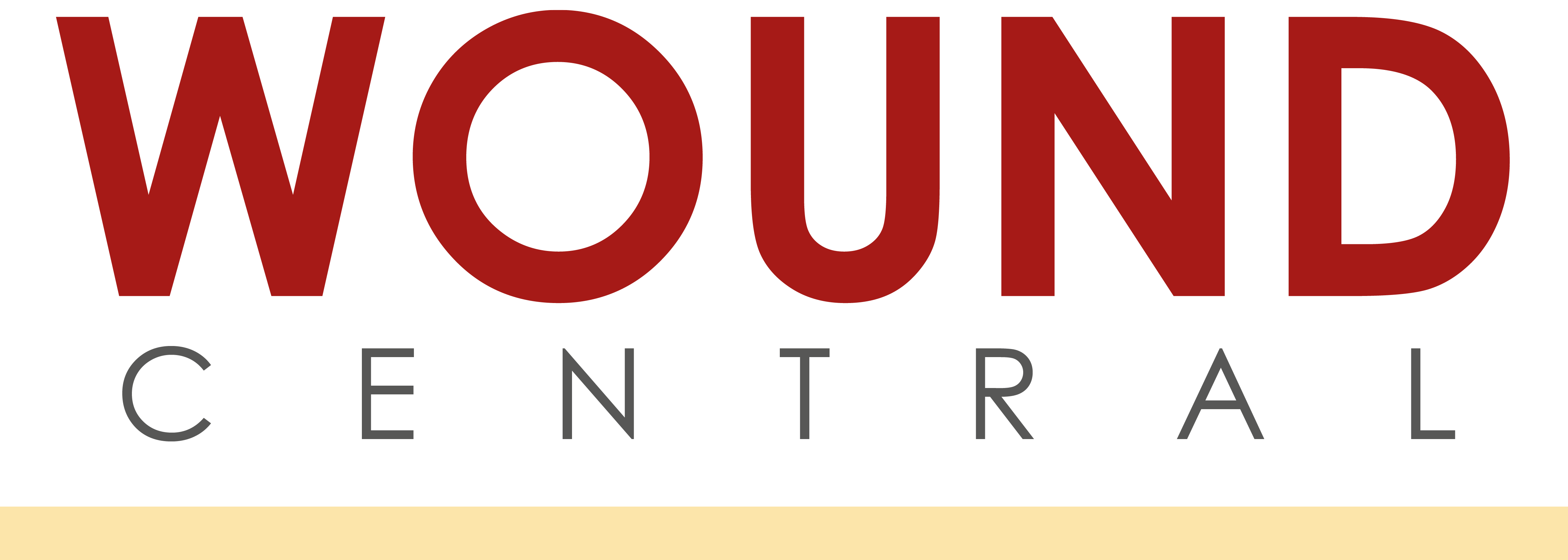References
Cost-effectiveness of dehydrated human amnion/chorion membrane allografts in lower extremity diabetic ulcer treatment

Abstract
Objective:
To evaluate the cost-effectiveness and budget impact of using standard care (no advanced treatment, NAT) compared with an advanced treatment (AT), dehydrated human amnion/chorion membrane (DHACM), when following parameters for use (FPFU) in treating lower extremity diabetic ulcers (LEDUs).
Method:
We analysed a retrospective cohort of Medicare patients (2015–2019) to generate four propensity-matched cohorts of LEDU episodes. Outcomes for DHACM and NAT, such as amputations, and healthcare utilisation were tracked from claims codes, analysed and used to build a hybrid economic model, combining a one-year decision tree and a four-year Markov model. The budget impact was evaluated in the difference in per member per month spending following completion of the decision tree. Likewise, the cost-effectiveness was analysed before and after the Markov model at a willingness to pay (WTP) threshold of $100,000 per quality adjusted life year (QALY). The analysis was conducted from the healthcare sector perspective.
Results:
There were 10,900,127 patients with a diagnosis of diabetes, of whom 1,213,614 had an LEDU. Propensity-matched Group 1 was generated from the 19,910 episodes that received AT. Only 9.2% of episodes were FPFU and DHACM was identified as the most widely used AT product among Medicare episodes. Propensity-matched Group 4 was limited by the 590 episodes that used DHACM FPFU. Episodes treated with DHACM FPFU had statistically fewer amputations and healthcare utilisation. In year one, DHACM FPFU provided an additional 0.013 QALYs, while saving $3,670 per patient. At a WTP of $100,000 per QALY, the five-year net monetary benefit was $5003.
Conclusion:
The findings of this study showed that DHACM FPFU reduced costs and improved clinical benefits compared with NAT for LEDU Medicare patients. DHACM FPFU provided better clinical outcomes than NAT by reducing major amputations, ED visits, inpatient admissions and readmissions. These clinical gains were achieved at a lower cost, in years 1–5, and were likely to be cost-effective at any WTP threshold. Adoption of best practices identified in this retrospective analysis is expected to generate clinically significant decreases in amputations and hospital utilisation while saving money.
The prevalence of diabetes is increasing in the US; estimated to be >10% of the population with calculated annual costs of $327 billion in 2017.1 A key driver of costs for patients with diabetes is lower extremity diabetic ulcers (LEDU) which present a substantial financial burden to payers and a disutility burden to patients. Medicare alone spends nearly $20 billion annually on diabetic-related ulcers.2 Patients with an LEDU face challenges with mobility, the risk of infection, amputation, decreased quality of life (QoL) and a shortened lifespan, all of which are exacerbated following amputations.3,4 Unfortunately, it is estimated that up to 85% of amputations are avoidable with a holistic multispecialty team approach that incorporates innovative treatments and adherence to treatment parameters.5
Dehydrated human amnion/chorion membrane allograft (DHACM, EPIFIX, MIMEDX Group Inc.) is an innovative advanced wound care treatment. It belongs to a class of advanced treatments (AT), also known as skin substitutes or cellular and/or tissue products (CTPs), which are comprised of cellular and acellular dermal substitutes predominantly derived from human placental tissues and animal tissues. A previous retrospective study of the Medicare population found reduced frequency of amputations and decreased healthcare utilisation for patients that received AT.6 Surprisingly, <10% of LEDU episodes receiving AT were following parameters for use (FPFU), defined as initiation of AT within 30–45 days of an LEDU diagnosis and routine AT applications every 7–14 days during the episode of care. Episodes that were FPFU had statistically better outcomes.6
Register now to continue reading
Thank you for visiting Wound Central and reading some of our peer-reviewed resources for wound care professionals. To read more, please register today. You’ll enjoy the following great benefits:
What's included
-
Access to clinical or professional articles
-
New content and clinical updates each month

